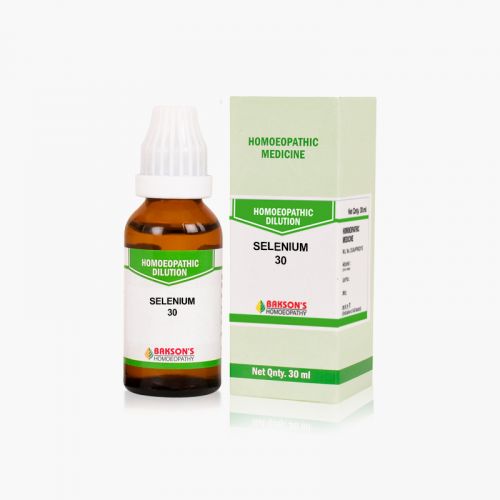We use cookies to make your experience better. To comply with the new e-Privacy directive, we need to ask for your consent to set the cookies. Learn more.
What is Impotence?
Erectile dysfunction (ED), formerly termed impotence, is defined as "the inability to attain and/or maintain penile erection sufficient for satisfactory sexual performance" or "the consistent or recurrent inability to attain and/or maintain penile erection sufficient for sexual satisfaction". While there is no specific time period that is part of this definition, it is suggested that the condition needs to persist for six months. Some of the cases in younger men may be due to psychological causes but most of the cases of ED are a result of organic diseases.
The true prevalence of erectile dysfunction is difficult to determine because a number of them fail to seek any medical attention. It is known that the prevalence of erectile dysfunction is closely related to age and the presence of other comorbidities such as diabetes, hypogonadism, and cardiovascular disease.
Causes
The cause is often multifactorial. Depression, performance anxiety, and other sexual disorders can be strong contributing factors even when organic causes also exist. Aging is also a very important factor contributing to it.
Depression, performance anxiety, and other sexual disorders can be strong contributing factors even when organic causes also exist.
Vascular causes
- Atherosclerosis
- Peripheral vascular disease
- Myocardial infarction
- Arterial hypertension
- Vascular injury from radiation therapy
- Vascular injury from prostate cancer treatment
- Blood vessel and nerve trauma (eg, from long-distance bicycle riding)
- Medications for treatment of vascular disease
Systemic diseases
- Diabetes mellitus
- Scleroderma
- Renal failure
- Liver cirrhosis
- Idiopathic hemochromatosis
Neurological causes
- Epilepsy
- Stroke
- Multiple sclerosis
- Guillain-Barre syndrome
- Alzheimer disease
- Trauma
Penile conditions
- Peyronie disease: Peyronie's disease is where plaques (segments of scar tissue) form under the skin of the penis causing the penis to bend or become indented during erections
- Epispadias: Epispadias is a rare congenital abnormality in which the urethra opens on top of the penis rather than the tip resulting in the external genitalia and urethra not forming or functioning well.
- Priapism: Priapism is a disorder in which the penis maintains a prolonged erection in the absence of appropriate stimulation. It can be ischemic, nonischemic, or recurrent ischemic priapism.
Psychiatric conditions
- Depression
- Widower syndrome
- Performance anxiety
- Posttraumatic stress disorder
Sign and symptoms
The first step in the management of ED is a thorough history assessment which includes sexual history, medical history and psychosocial history.
A physical examination is important for the patient and following things must be evaluated to diagnose ED-
- Blood pressure
- Peripheral pulses
- Sensation
- Status of the genitalia and prostate
- Size and texture of the testes
- Presence of the epididymis and vas deferens
- Abnormalities of the penis (eg, hypospadias, Peyronie plaques)
Diagnosis
The diagnosis through laboratory and imaging investigations depends on the history. Following laboratory investigations may be undertaken: -
- Evaluation of hormonal status (testosterone, serum hormone–binding globulin, luteinizing hormone [LH], prolactin and thyroid-stimulating hormone
- Screening blood studies (haemoglobin A1c, serum chemistry panel, lipid profile)
- Prostate-specific antigen levels, if the patient is a candidate for prostate cancer screening
- Urinalysis
Functional tests like direct injection of prostaglandins into corpora cavernosa, biothesiometry - a test used to identify subclinical neuropathy and to monitor the progress of the disease, etc. needs to be recommended. Following imaging techniques may be taken into consideration-
- Ultrasonography of the penis (to assess vascular function within the penis)
- Ultrasonography of the testes (to help disclose abnormalities in the testes and epididymides; rarely indicated)
- Transrectal ultrasonography (to disclose abnormalities in the prostate and pelvis that may interfere with erectile function
General management
Initial treatment involves improving general health status through lifestyle modifications that include increased physical activity, switching to nutritional diet, counselling, stopping smoking, drugs, and alcohol, gaining good control of diabetes, lipids, and cholesterol. Patients who have a psychological cause should be offered psychosexual counselling along with the partner on consent. Pharmacological interventions must be recommended by the consulting physician.
Disclaimer: The information provided herein on request, is not to be taken as a replacement for medical advice or diagnosis or treatment of any medical condition. DO NOT SELF MEDICATE. PLEASE CONSULT YOUR PHYSICIAN FOR PROPER DIAGNOSIS AND PRESCRIPTION.
- ACIDUM PHOSPHORICUM 30₹ 100.00
- AGNUS CASTUS 30₹ 100.00
- BAKSON #B 21 DROPSSpecial Price ₹ 160.00 Regular Price ₹ 200.00
- CALADIUM SEGUINUM 30₹ 100.00
- ONOSMODIUM VIRGINIANUM 30₹ 100.00
- SELENIUM 30₹ 100.00
- YOHIMBINUMSpecial Price ₹ 264.00 Regular Price ₹ 330.00










